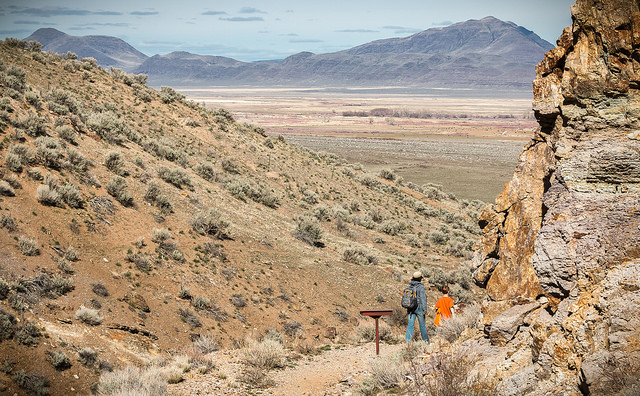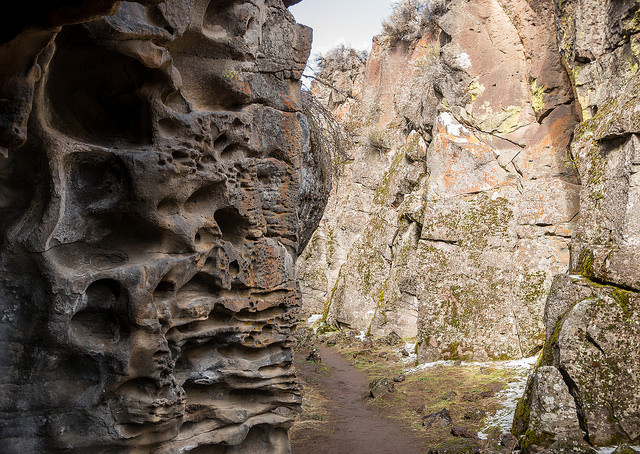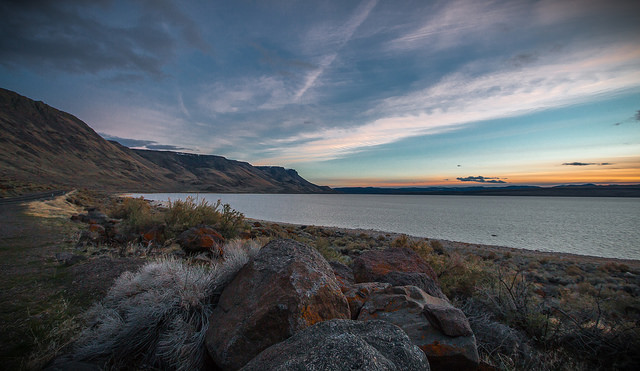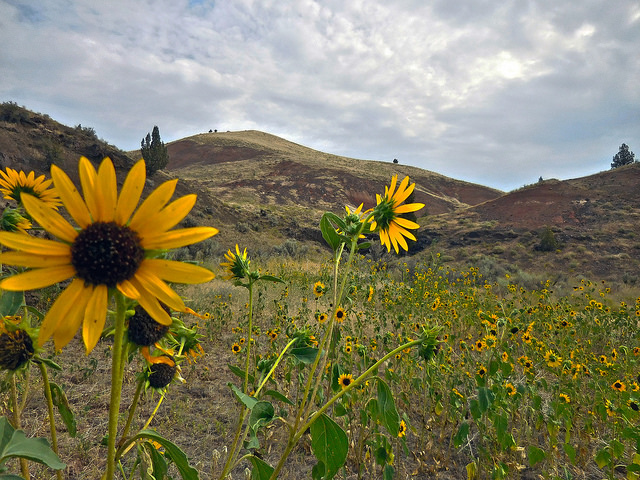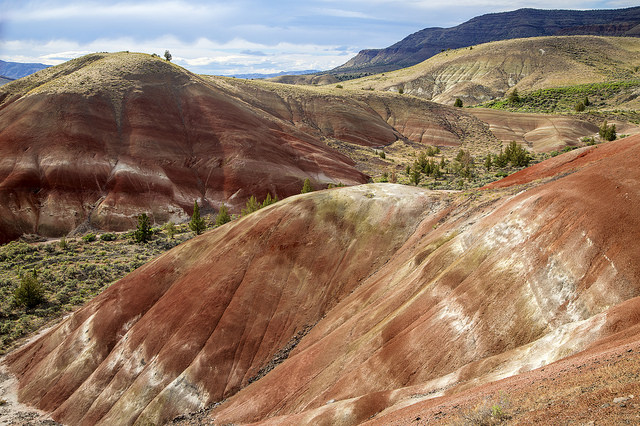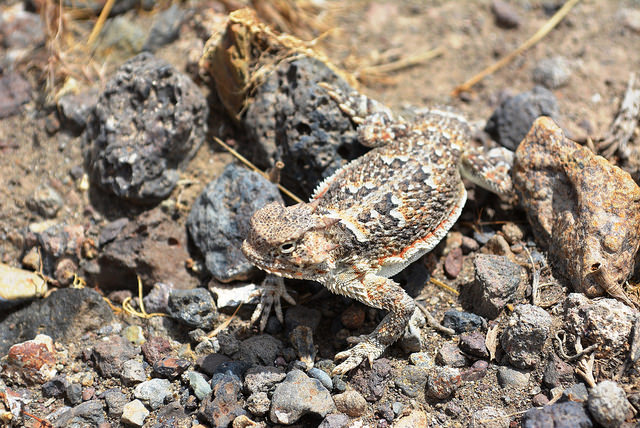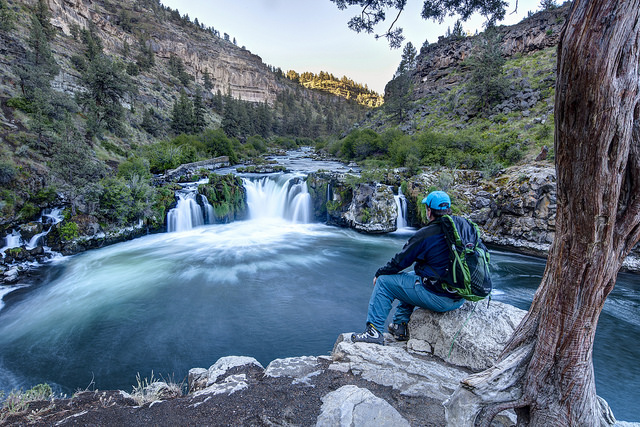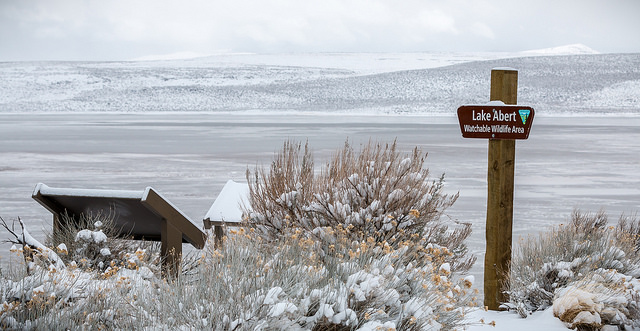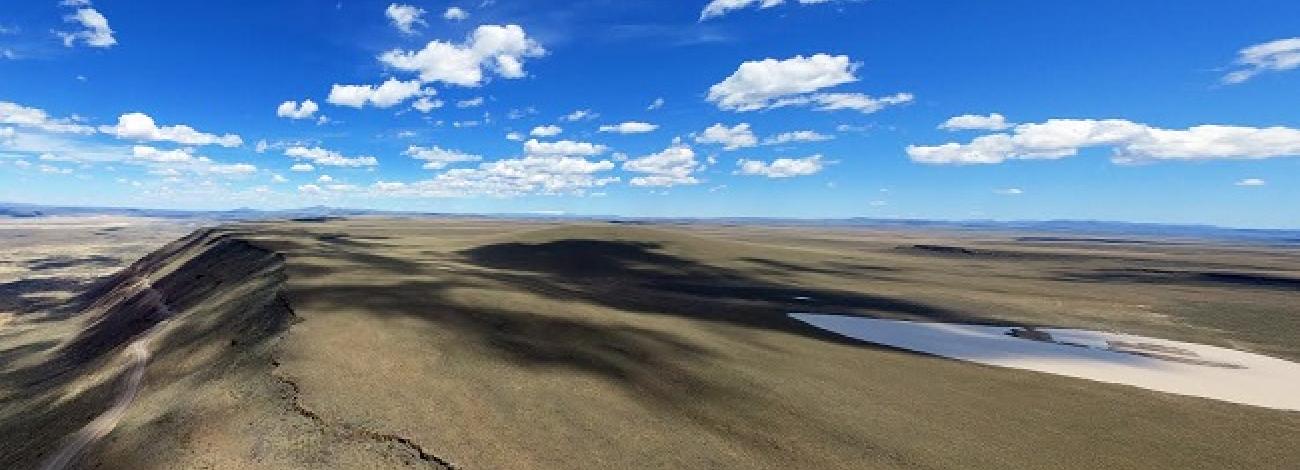
Beaver Dam Creek Wilderness Study Area
The Beaver Dam Creek Wilderness Study Area (WSA) (OR-3-27) is located in Malheur County, Oregon, approximately 14 miles south of the town of lronside and U.S. Highway 26. The WSA contains 19,140 acres of BLM land and 440 acres of split-estate lands in two parcels located near the WSA’s boundary. The WSA is roughly horseshoe shaped, with boundaries composed of high standard dirt roads and adjacent private land. Private land represents over 50 percent of the WSA’s boundary. Adjacent private parcels along Bully Creek account for the WSA’s horseshoe configuration. A one-mile dead-end road that terminates at Kitten Canyon Reservoir enters the WSA from the east, forming part of the boundary.
The WSA has a complex, mountainous appearance due to numerous ridges and draws. This is most prevalent in the north-central portion of the area. The highest point, located in the northern portion of the WSA, is in the vicinity of Sheep Rock at 5,902 feet. Numerous intermittent and perennial drainages empty into Bully Creek, which runs through mostly private land near the middle of the WSA.
Junipers and patches of mountain mahogany grow in much of the area. Quaking aspen occupy many sites near streams and a few ponderosa pine grow on some of the higher slopes. Understory vegetation is composed mostly of big sagebrush, bluebunch wheatgrass and Idaho fescue.
The WSA was initially identified and studied under Section 603 of the Federal Land Policy and Management Act (FLPMA) with additional acquired split- estate lands studied under Section 202. The WSA was included in the Final Oregon Wilderness Environmental Impact Statement (EIS) filed in February 1990.

